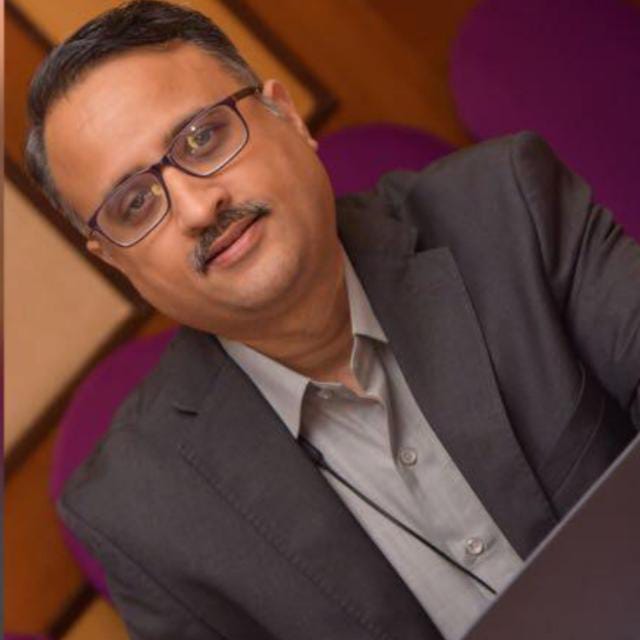Case Law Details
Case Name : Carmel Convent Vs ITO (Exemption) (ITAT Cochin)
Related Assessment Year : 2016-17
Courts :
All ITAT ITAT Cochin
Become a Premium member to Download.
If you are already a Premium member, Login here to access.
Sponsored
Carmel Convent Vs ITO (Exemption) (ITAT Cochin)
Deciphering the Legal Landscape: An Analysis of Carmel Convent v. Income-tax Officer (Exemption) and Its Implications for Charitable Trust Exemptions
Introduction
Case law, also known as precedent or common law, is a key pillar of the legal system, particularly in jurisdictions that follow the common law tradition. It refers to the collection of past legal decisions made by courts and similar tribunals
Please become a Premium member. If you are already a Premium member, login here to access the full content.
Sponsored
Kindly Refer to
Privacy Policy &
Complete Terms of Use and Disclaimer.





